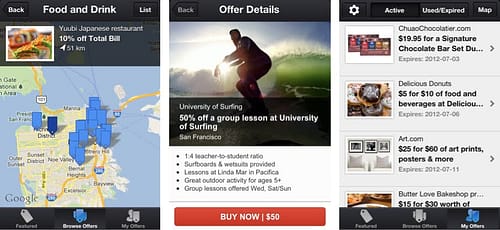Local SEO expert, Andrew Shotland, recently wrote an article about the four keys to post-panda directory success. We found it informative and wanted to share his tips with our readers! Here are the key takeaways from his article on Search Engine Land.
- Quality: Make sure to submit to high quality directories. Usually this means paid niche directories, however some unpaid directories are high quality. Make sure the directory is Google indexed and stay away from directories that don’t have an editorial process or are full of ads.
- Relevance: Make sure the directories you are submitting to have a relevant category for your business. If you are visiting a directory that is all about hair and beauty and you stumble upon a listing for a car dealership, you’re going to lose trust in that directory. Google loses trust in them too. In fact it has been actively de-indexing directories that allow irrelevant listings. Bottom line, relevance is important, so make sure to submit your listing to directories that relate to your business.
- Diversity: It’s important to have a diverse link profile meaning, directory submissions are not enough. You must make sure to use various deep links as well as write several titles, descriptions and keywords and alternate between them when submitting. Using the same title, description and keywords for each submission could get you penalized by Google, so remember, variety is key.
- Timing: Instead of submitting to hundreds of directories at once and hoping that some accept your listing, in this post-panda era it’s a good idea to submit to relevant niche directories over the course of a few months.
What techniques do you use when submitting to directories?



 If you’re like many brands, your company is on both Facebook and Twitter social networks. If you don’t understand the nature of both social networks, you may make the mistake of thinking it is okay to post the exact same content on both. However, although Facebook and Twitter are both social networks that allow you to engage and connect with your customers, they’re also very different. Writing specifically for each requires thought and if you’re posting the exact same thing on both, the people who follow you on both networks will get bored, frustrated and may unfollow you. It’s okay to post about the same topics, like a recent blog or company event but it’s not okay to say it in the exact same way. Follow these tips to customize your posts specifically for Facebook and Twitter as two separate social networks.
If you’re like many brands, your company is on both Facebook and Twitter social networks. If you don’t understand the nature of both social networks, you may make the mistake of thinking it is okay to post the exact same content on both. However, although Facebook and Twitter are both social networks that allow you to engage and connect with your customers, they’re also very different. Writing specifically for each requires thought and if you’re posting the exact same thing on both, the people who follow you on both networks will get bored, frustrated and may unfollow you. It’s okay to post about the same topics, like a recent blog or company event but it’s not okay to say it in the exact same way. Follow these tips to customize your posts specifically for Facebook and Twitter as two separate social networks.